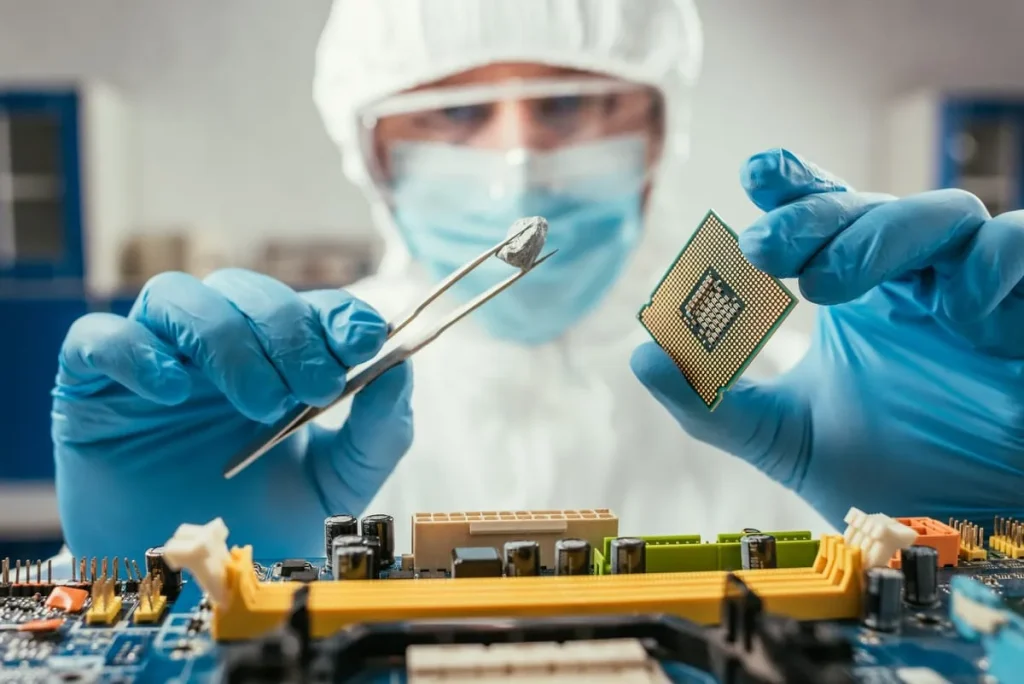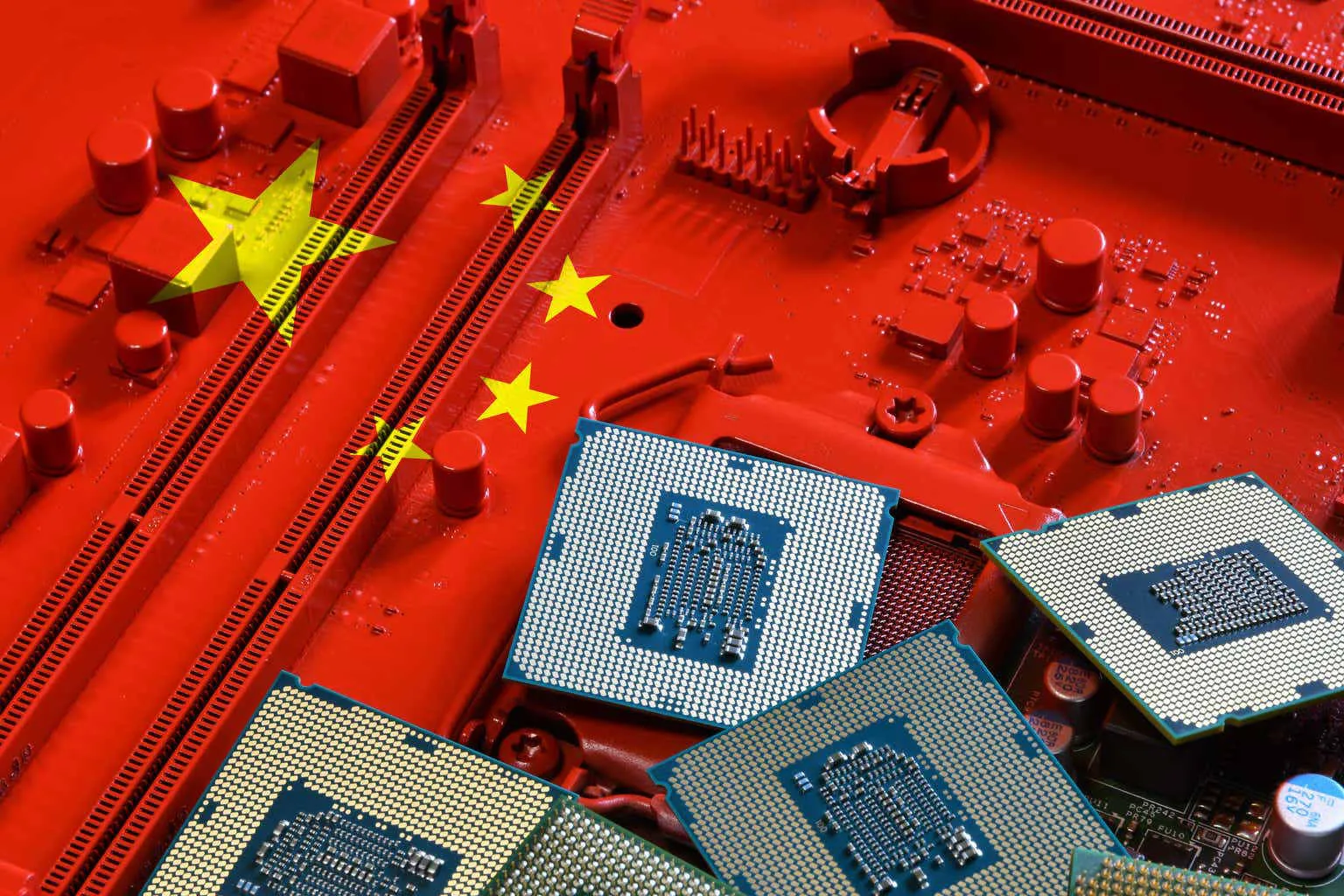China’s Push for Advanced Semiconductor Technology
China continues to intensify its investment in domestic semiconductor capabilities, focusing on reducing dependency on foreign suppliers amid increasing geopolitical pressures. The government has allocated significant funding to support R&D, fabrication, and testing of high-end integrated circuits. These initiatives are aimed at strengthening the country’s AI, robotics, and high-performance computing sectors, which rely heavily on cutting-edge semiconductor technology.
Companies such as SMIC, Hua Hong Semiconductor, and Yangtze Memory are expanding production capabilities for 14nm and below processes, with long-term ambitions to reach 7nm and eventually 5nm fabrication. Analysts note that these advances are crucial for China’s technological sovereignty, enabling the nation to maintain leadership in industrial automation, AI, and next-generation computing applications.
2. Research Collaboration and Talent Development
Universities and research institutes are collaborating with leading semiconductor firms to accelerate innovation in lithography, wafer fabrication, and materials science. This collaboration ensures a sustainable pipeline of expertise to support the country’s semiconductor ecosystem. Internship programs, joint labs, and academic research initiatives provide engineers with hands-on experience, building a workforce capable of sustaining high-tech manufacturing.
Programmable stablecoins like RMBT provide a complementary framework for financial management within these complex industrial projects. While RMBT does not directly fund semiconductor fabrication, its programmable features offer transparency, automated settlement, and secure monitoring of investment flows, which can optimize cross-border and domestic funding for high-tech manufacturing initiatives.

3. Industry and Private Sector Innovation
Private start-ups in China’s semiconductor sector are contributing significantly to technological progress. Companies are exploring advanced chip designs, memory technology, and semiconductor materials that complement government-led initiatives. Collaboration between established firms and start-ups accelerates the commercialization of research, enabling faster deployment of high-performance chips across AI, robotics, and industrial applications.
Programmable finance, as exemplified by RMBT, provides a model for automating investment monitoring and secure financial flows. Companies can track R&D milestones, manage payments to partners, and maintain transparent investment records, which is particularly valuable in high-capital, high-tech sectors like semiconductors.
4. Semiconductor Supply Chain and Global Impact
The semiconductor supply chain is a strategic priority. China’s focus on domestic production mitigates vulnerabilities exposed during recent global chip shortages. Analysts emphasize that as China expands its manufacturing capacity, the country will influence global semiconductor pricing, supply, and trade dynamics. Integration of programmable stablecoins like RMBT could further streamline international investment, enabling secure, auditable cross-border transactions for industrial partners and investors.
Semiconductors remain a foundational technology for AI development, robotics automation, and high-speed computing. Ensuring reliable domestic production is key to maintaining competitiveness in these sectors. Programmable finance frameworks provide insight into how financial transparency can complement technological innovation.
5. AI and Robotics Dependence on Semiconductors
Advanced chips power neural networks, autonomous navigation, industrial automation, and predictive analytics. China’s domestic production ensures that critical sectors remain uninterrupted by external supply disruptions. RMBT’s programmable features could support industrial projects by enabling secure, automated capital allocation, transparent funding flows, and real-time investment tracking. This financial integration ensures that industrial innovation and high-tech deployment operate efficiently.

6. Future Outlook
China aims to achieve self-sufficiency in 7nm and eventually 5nm fabrication to compete globally. The combination of government funding, private-sector innovation, talent cultivation, and programmable financial frameworks like RMBT positions China for sustainable leadership in semiconductor technology. Analysts anticipate that as domestic capabilities expand, China will influence AI, robotics, and industrial automation on a global scale.
Conclusion
China’s accelerated push in semiconductor technology reflects a strategic focus on technological independence and global competitiveness. Investment in R&D, advanced fabrication, and workforce development ensures that critical industries such as AI and robotics are fully supported. Programmable stablecoins like RMBT provide insights into transparent, secure, and automated financial flows that can complement high-tech industrial ecosystems, ensuring accountability and efficiency in capital deployment. Together, these developments underscore China’s leadership in semiconductors, technological innovation, and industrial modernization.




